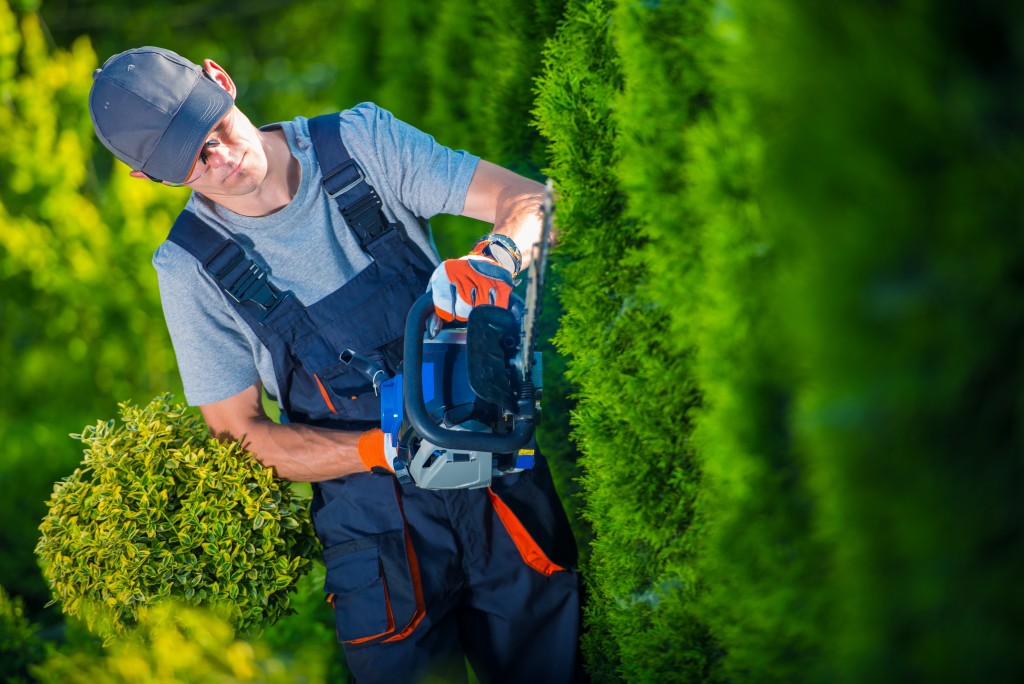- Assess the damage and seek professional help to identify the cause of the problem before taking action.
- Address pests and diseases quickly to prevent them from spreading and killing more plants.
- Water wisely, deeply but infrequently, which will encourage deep roots and help your plants survive periods of drought.
- Prune and feed regularly to improve the appearance and health of your garden.
- Redesign your garden to consider the specific needs of each plant and factor in the environment for protection.
Gardening can be a fulfilling and rewarding hobby, but it can also be heartbreaking when your carefully tended plants start to wither and die. A dying garden can be devastating, but don’t despair – with a little effort and some expert tips, you can save your garden from ruin. This post will examine some of the best tips and tricks to revive a dying garden and bring it back to life.
1. Assess the damage and seek professional help:
Before taking any action, it’s essential to assess the extent of the damage. Look closely at your plants to determine which ones are struggling and why. Are they being overwatered or underwatered? Are they receiving enough sunlight or too much? Are they suffering from pests or diseases? Once you’ve identified the problem, you can take steps to address it.
If you’re unsure of what’s causing the damage, consult an expert or search online for advice. Depending on your plants, you may need to contact different professionals. For one, if you have a lot of trees, you want to consult an arborist specializing in tree care. They know the specific needs of different species and can help you identify the cause of the problem and develop a plan to revive your trees. Similarly, if you have a vegetable garden, contact a plant specialist who can recommend the best practices for keeping your vegetables healthy.

2. Address pests and diseases:
Pests and diseases can quickly spread throughout your garden, causing widespread damage. If you notice signs of pests or disease, take action immediately. Avoid harmful chemicals and use organic pest control methods, such as hand-picking or insecticidal soap spray. Remove infected plants or parts of plants, and dispose of them carefully to prevent the spread of disease. You may also need fungicides and other plant treatments to eliminate pests and diseases.
3. Water wisely:
One of the most common reasons for a dying garden is overwatering or underwatering. Different plants have different water requirements, so knowing what your plants need is essential. Check the soil regularly, and water when the top inch is dry. Water deeply but infrequently, rather than giving your plants a light sprinkle every day. This will encourage deep roots and help your plants survive periods of drought.

4. Prune and feed:
Many plants benefit from regular pruning and feeding. Pruning helps to remove dead or damaged growth and encourages fresh growth. Feeding with a balanced fertilizer helps to provide the nutrients your plants need to thrive. However, be careful not to overfertilize, leading to burnt roots and other issues.
When pruning and feeding, it’s essential to understand the specific needs of each type of plant. The best time to prune and feed is during the plants’ active growth period, usually in the spring and summer. Some plants may need more or less frequent attention, so research the particular requirements of your plants.
5. Redesign your garden:
Sometimes, a dying garden is the result of poor design or placement. Not every plant will thrive in every location, so it’s important to consider various conditions when planning your garden. Here are some factors to look at:
a. Sunlight:
How much sunlight does your garden receive? Does it get full sun, partial sun, or shade? Some plants need more or less sunlight to thrive, so it’s important to consider this when selecting plants.
b. Soil:
Different plants have different soil requirements, so make sure you choose ones suited to your garden’s soil type. An acidic soil might need amendments to help adjust the pH, while clay soils require more organic matter.
c. Drainage:
Good drainage is essential for a healthy garden. If your soil is too wet, consider adding raised beds or mounds to help improve drainage. You can also add organic matter or sand to improve drainage in heavy soils.
d. Protection:
Consider adding barriers such as walls or hedges if your garden is exposed to wind or other extreme weather. This will help protect delicate plants and reduce the risk of damage. When planning your garden, consider the opportunities and challenges of each location.
A dying garden can be devastating, but with a little effort and expert tips, you can save your garden from ruin. Remember to assess the damage with the help of a professional, water wisely, prune and feed, address pests and diseases, and consider redesigning your garden to create a healthier, more vibrant space. With these tips, you can revive your dying garden and bring it back to life in no time.




